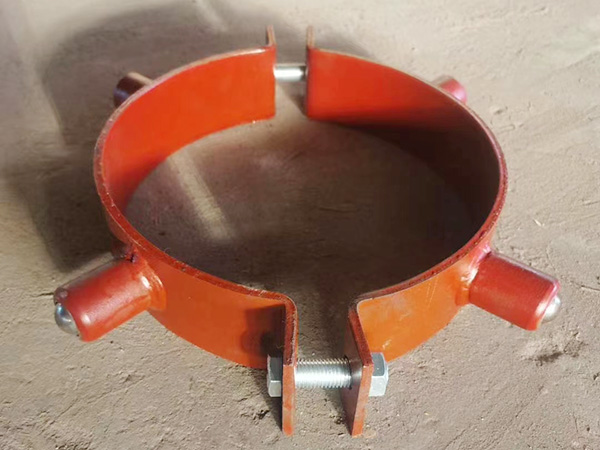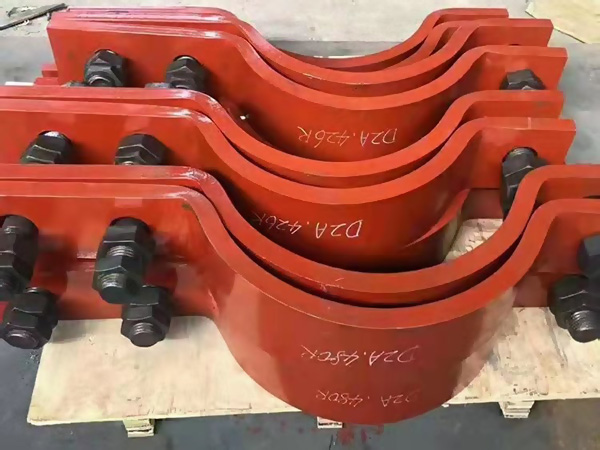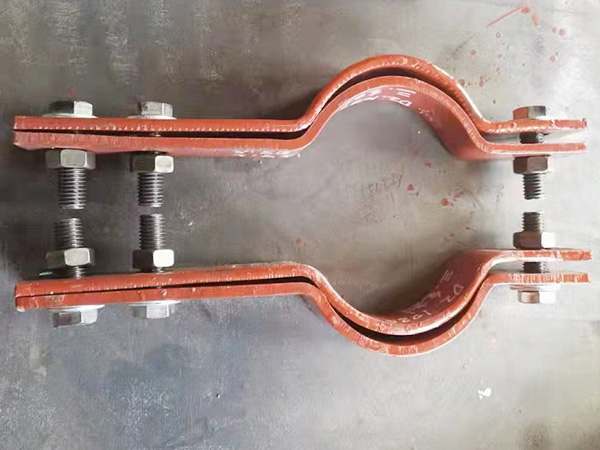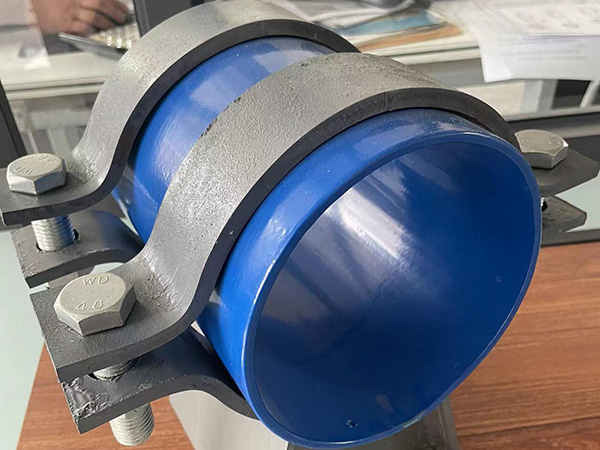Selection of Elbow Connection Methods in Piping Systems
Author:Mingde Time:2025-04-28 17:56:22 Click:192
Selection of Elbow Connection Methods in Piping Systems
Elbows are essential components used to change the direction of flow in a piping system. The way these elbows are connected to the pipeline affects the system’s pressure integrity, assembly efficiency, maintenance flexibility, and cost. Choosing the right connection method depends on multiple factors, including the application environment, pressure class, material type, and installation needs.
Common Elbow Connection Methods
1. Butt Weld Connection
Description:
The elbow is welded directly to the pipe end with full penetration welds, creating a strong, leak-proof joint.
Advantages:
High mechanical strength
Excellent for high-pressure and high-temperature systems
Smooth inner bore (minimal flow resistance)
Permanent and reliable connection
Best for:
Oil & gas pipelines
Power plants
Petrochemical systems
Critical and high-pressure applications
2. Socket Weld Connection
Description:
The pipe is inserted into a recessed area of the elbow, and a fillet weld is applied around the outer edge.
Advantages:
Good for smaller pipe diameters (typically <2")
Strong and leak-tight
Easier alignment than butt welds
No need for precise beveling
Best for:
Small-diameter, high-pressure pipelines
Steam and hydraulic systems
Industrial process lines
3. Threaded (Screwed) Connection
Description:
The elbow has internal threads (usually NPT), and it connects to pipes with matching external threads.
Advantages:
Easy and quick to assemble or disassemble
No welding required
Suitable for non-critical and low-pressure applications
Limitations:
Not ideal for high-pressure or high-temperature applications
Potential for thread leakage over time
Best for:
Domestic water systems
Compressed air lines
Small, low-pressure applications
4. Flanged Connection
Description:
The elbow has flanges on each end, which are bolted to matching flanges on the pipeline with a gasket in between.
Advantages:
Allows easy removal or replacement
Good for large diameters
Ideal for systems requiring frequent maintenance or inspection
Limitations:
Requires gaskets and proper bolt tightening
Bulkier and more expensive than welded joints
Best for:
Industrial water systems
Chemical and marine piping
Systems needing disassembly or modular design
5. Grooved-End Connection
Description:
A groove is cut near the end of the elbow, which is joined to the pipe using a mechanical coupling.
Advantages:
Fast and flexible installation
Allows some pipe movement (good for seismic areas)
No welding or threading required
Best for:
HVAC systems
Fire protection piping
Temporary or modular installations
 Hot Products
Hot Products
 Contact Us
Contact Us
Contact:
Mobile:+86 +86 19133378808
Website:mingdepipe.com
Address:










